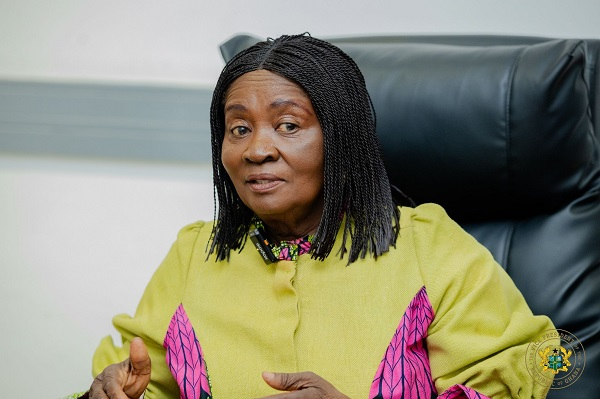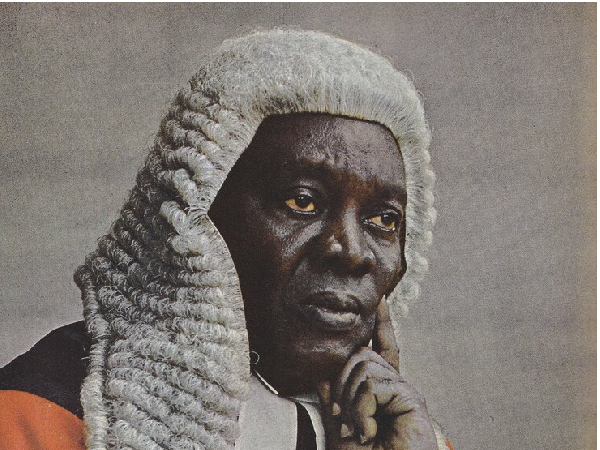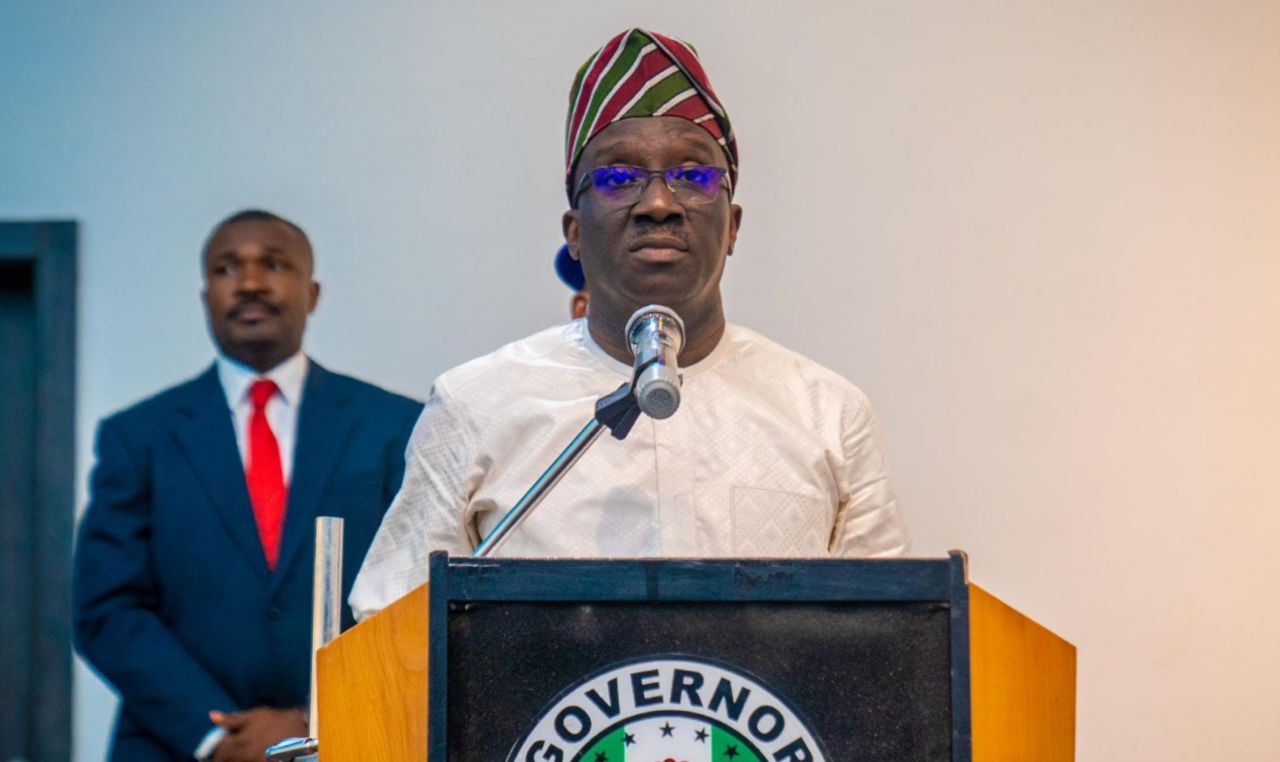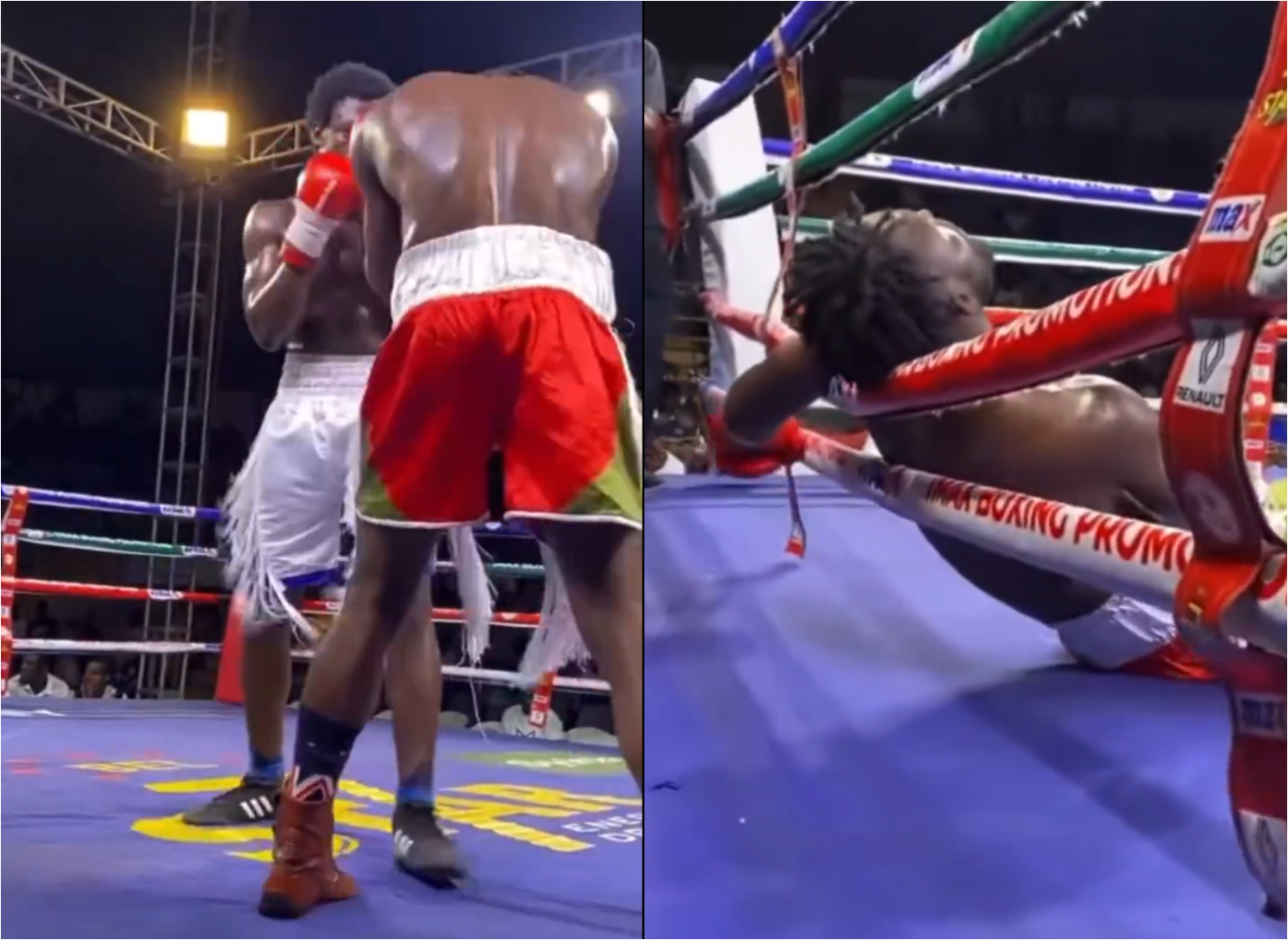The Conclave: How a New Pope is Elected in The Catholic Church
As the world continues to pray for the recovery of Pope Francis who is battling pneumonia, some people might want insight into how a new Pope is chosen.
The Catholic Church is one of the most organised religious groups in the world with highly entrenched structures that ensure smooth operations and stability even in the absence of the Pope.
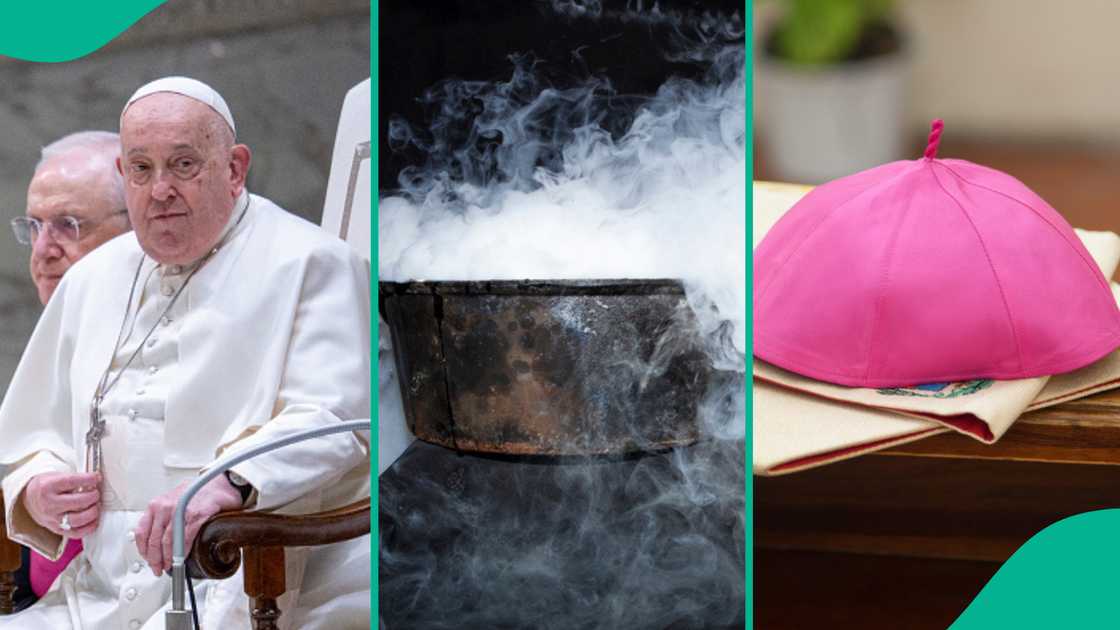
Source: Getty Images
On those occasions when there is a vacancy at the Vatican, a new Pope is chosen through what is called the conclave.
A conclave is only convened if a Pope resigns (which is rare) or if a sitting Pope dies.
Here are a few things you should know about the conclave and the selection of a new Pope.
A conclave which is the process of selecting a new Pope to head the Catholic Church is only convened after the resignation of a sitting pope or in the case of death.
This typically happens between 15 to 20 days after the death or the resignation of a sitting Pope.
There are over 1.3 billion Catholics worldwide each of them belonging to at least one of the 3,000 dioceses of the church.
Technically, any Catholic male can become a Pope.
However, a Pope is normally chosen from the cardinals of the church.
After the death or resignation of a sitting pope, the cardinals gather to hold a mass and invoke the guidance of the holy spirit.
This mass is held at the St Peter's Basilica in Rome.
After this mass, the cardinals process to the Sistine Chapel where the conclave has been held since 1858.
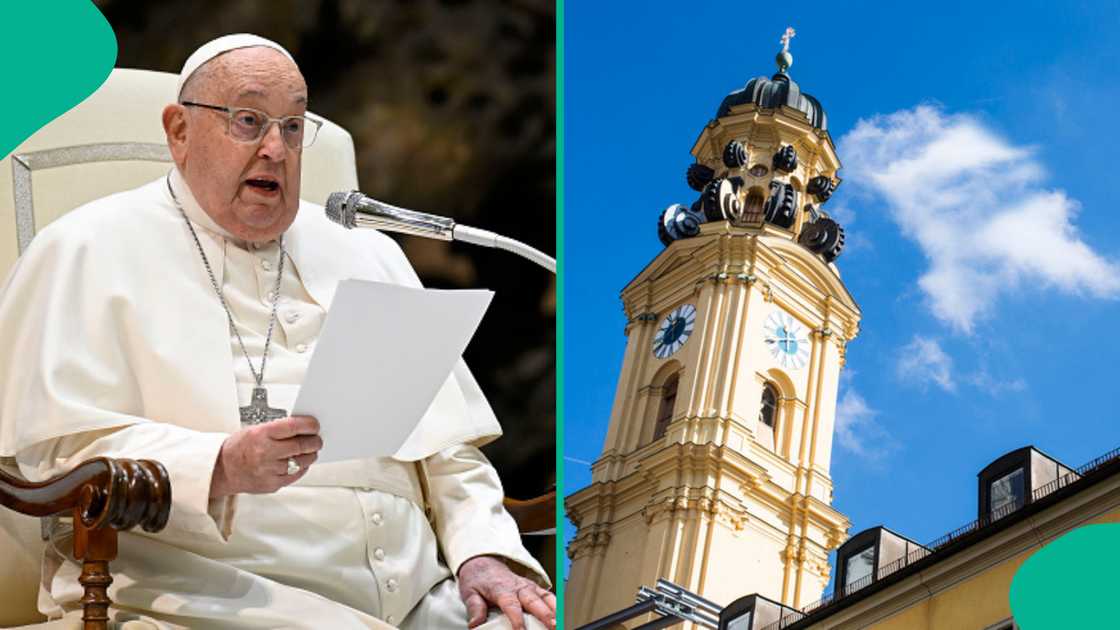
Source: Getty Images
The voting process for a new pope uses secret balloting. The cardinals say their prayers and then drop their votes.
Four rounds of voting are held each day during the selection process until a pope is elected.
When a candidate receives the highest votes, he is asked if he accepts his elevation into the seat of a pope by the dean of the College of Cardinals.
During the conclave, there is the possibility of the candidates failing to receive the required number of votes.
The required number of votes for a pope to be elected is 2/3 of the cardinal of electors which is between 80 and 90 votes.
If it happens that no candidate receives the required number of votes, the casted ballots are burned with chemicals and it produces black smoke, indicating no one has been elected.
When a candidate has received the required number of votes, the ballots are once again burned, but this time around, they are burned with chemicals that enable them to produce white smoke, indicating a pope has been elected.
Once the person who is elected accepts the election, he chooses his name and then proceeds to the balcony of St Peter's Basilica. He then pronounces his blessing on the city of Rome.
But before then, the dean of the cardinal of electors pronounces the Latin words "Habemus Papam", which means “we have a pope.”
In a related story by Legit.ng, after Pope Francis was reported to be in the hospital, there were speculations already as to who would succeed him.
Reports emerged in the week that the papal head was in the hospital where he was recovering from pneumonia.
There are at least eight top cardinals at the Vatican who might possibly succeed the ailing Pope who is currently 88 years old.
Proofreading by Nkem Ikeke, journalist and copy editor at Legit.ng.
PAY ATTENTION: Сheck out news that is picked exactly for YOU ➡️ find the “Recommended for you” block on the home page and enjoy!
Source: Legit.ng

